PROTECT YOUR DNA WITH QUANTUM TECHNOLOGY
Orgo-Life the new way to the future Advertising by AdpathwayFew trees have multiple ornamental interests. Some are favorites for their spring blooms, while others are treasured for the shade they provide. Japanese maples are different from the rest, as they have multiple qualities that make them stand out in the home garden.
There are two main types of Japanese maples, normal and laceleaf. Laceleaf varieties have fringed, lacy leaves with dissected edges, while normal cultivars have five or seven-pointed leaves without the frilly edges.
We include both types in this list of the top Japanese maple varieties for landscaping, as well as a special variety with color-changing bark. Try a new favorite, or set up a row of different Japanese maple varieties for a show in spring, summer, and fall. In the winter, the naked branches will decorate the landscape and provide structure while buds form along them.
Bonfire
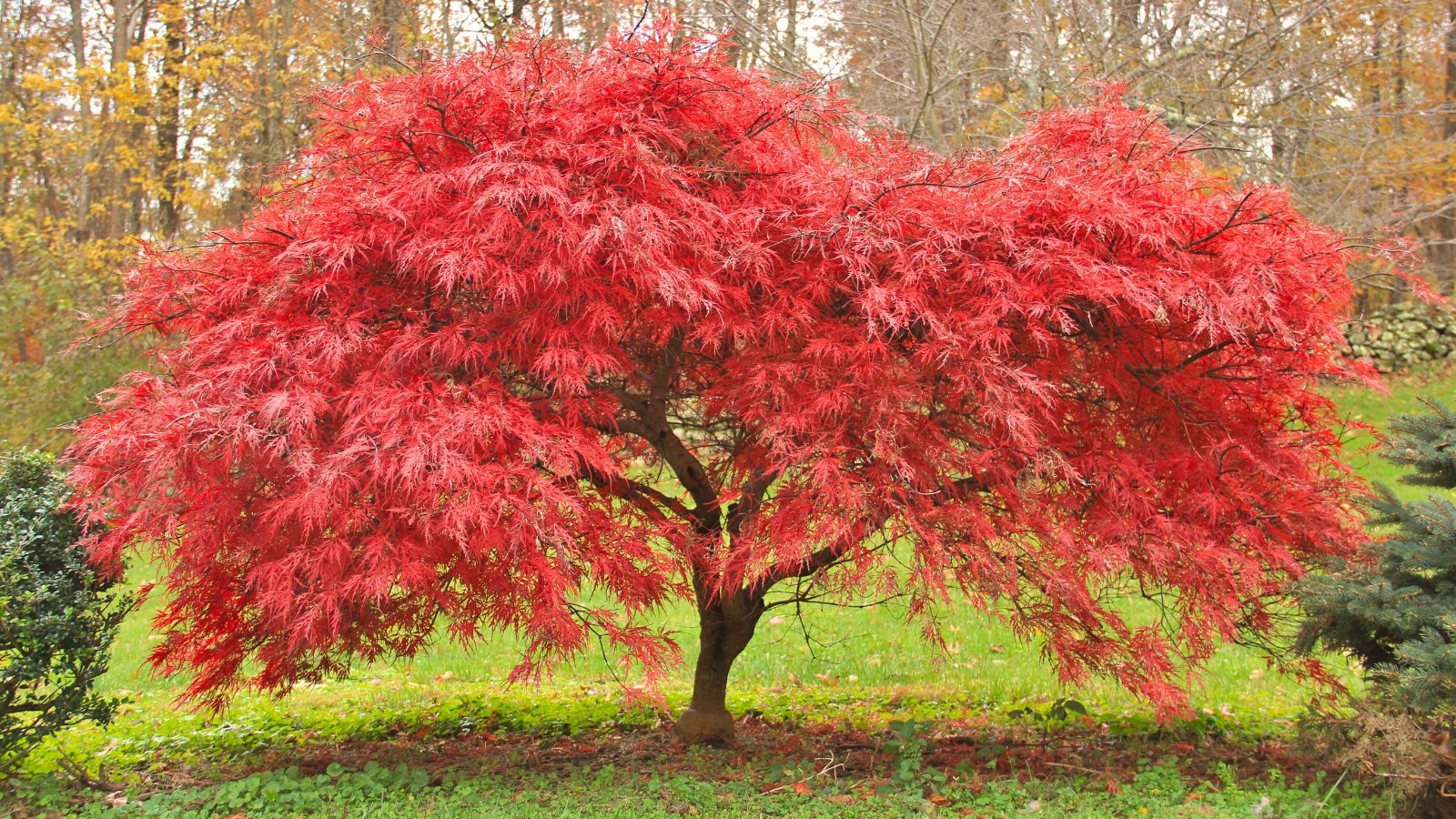 Leaves blush orange-pink before deepening to rich red.
Leaves blush orange-pink before deepening to rich red.Many Japanese maple varieties for landscaping have vivid red foliage, but none match the fiery red of the leaves of ‘Bonfire.’ They sprout with an orange-pink hue, and they turn darker red as they mature over the growing season.
Off a twisting, contorted trunk sprout small branches that droop slightly, creating a weeping effect. The tree grows best in the ground, making it suitable for landscaping projects that leave open soil for planting. It can grow in a container when it’s small, but it’ll struggle as it matures.
In the fall, the red leaves gain their orange-pink hue again. The leaves fall when the weather cools, revealing the twisted trunk underneath.
Burgundy Lace
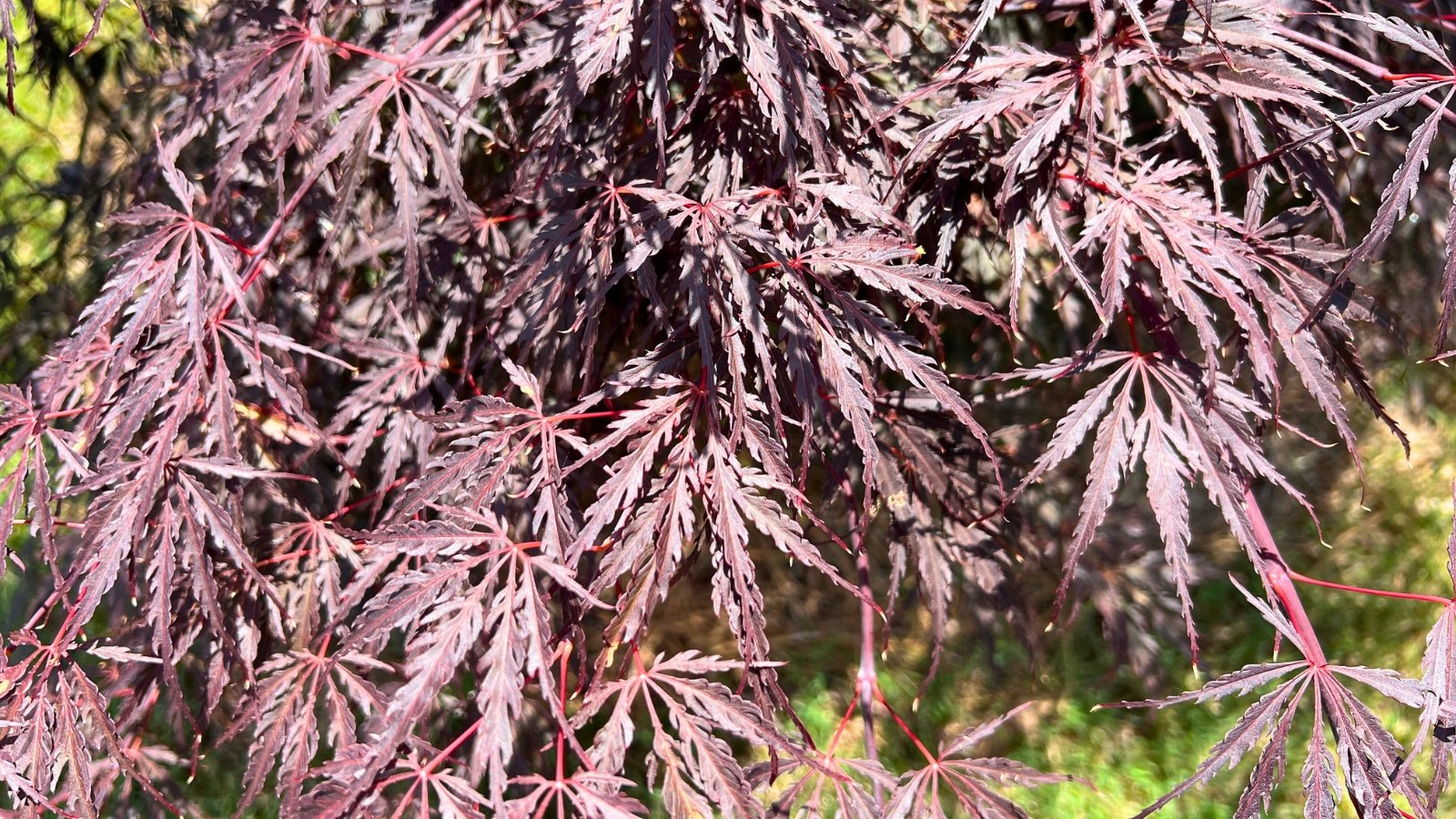 Finely cut foliage creates a delicate, airy appearance.
Finely cut foliage creates a delicate, airy appearance.‘Burgundy Lace’ isn’t a type of laceleaf Japanese maple, though its leaves are more finely cut than those of other palmatum varieties. They have a lovely purple-red hue that remains all summer. The young bark sprouts bright green and contrasts beautifully with the purple foliage.
An upright grower, ‘Burgundy Lace’ works well as a focal point in new home landscaping. Set it against a green-leaved backdrop to help it stand out.
Japanese maple varieties for landscaping, like this one, prefer full sun or partial shade in cool climates. In hot ones, give the tree dappled shade and protection from direct sunlight in the afternoon.
Coral Bark
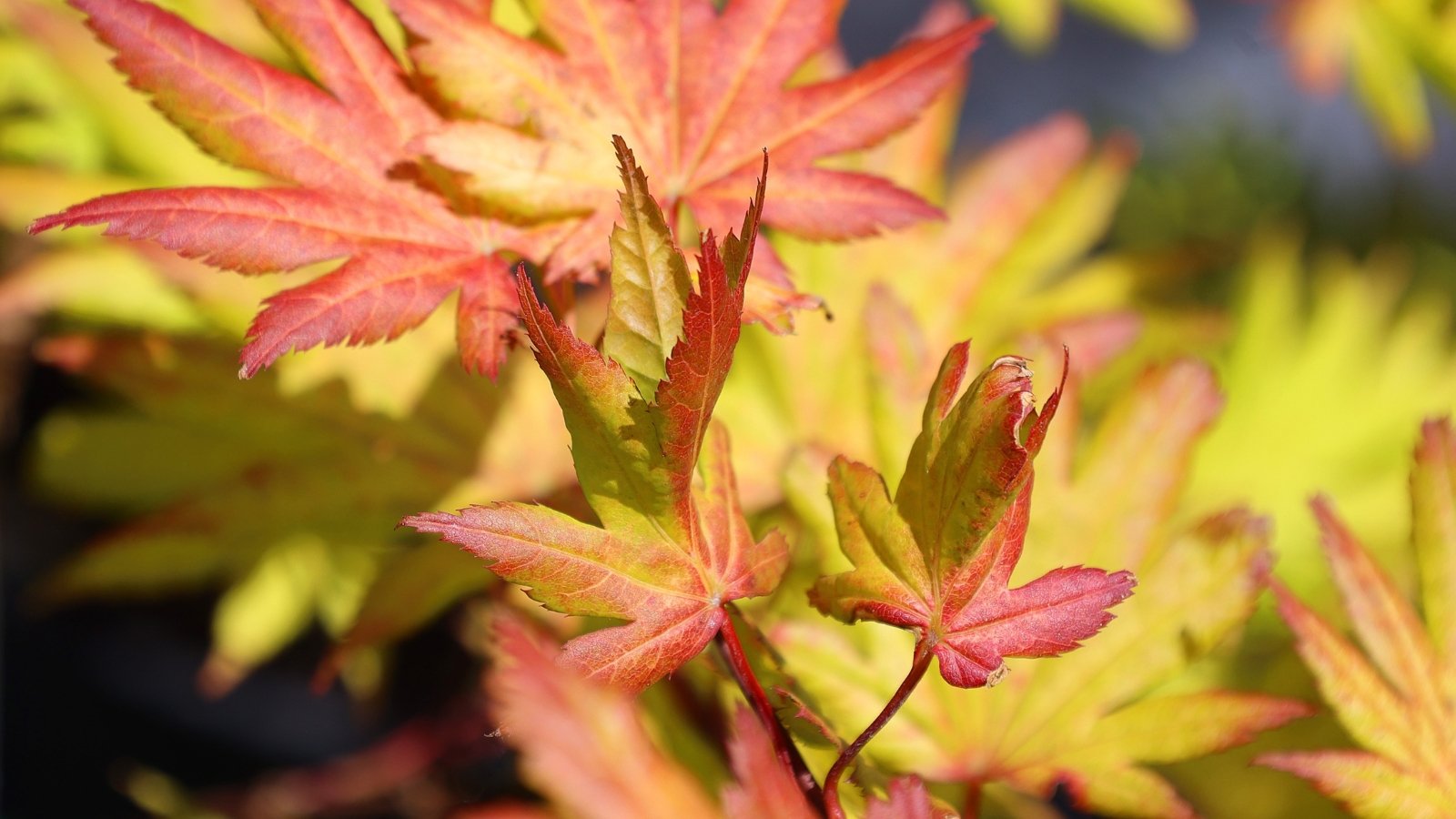 Vibrant coral branches brighten dull winter garden corners.
Vibrant coral branches brighten dull winter garden corners.Coral bark Japanese maple trees are classic favorites for home landscaping. Unlike others with green-colored bark, this variety features coral red branches in the winter. In the spring, green leaves sprout.
As the cool of fall arrives, the foliage turns gold-yellow before falling to the ground to reveal the striking red bark and stems.
Coral bark Japanese maples reach epic heights between 20 and 25 feet tall. Plant them in an area where they have room to spread tall and wide.
Laceleaf
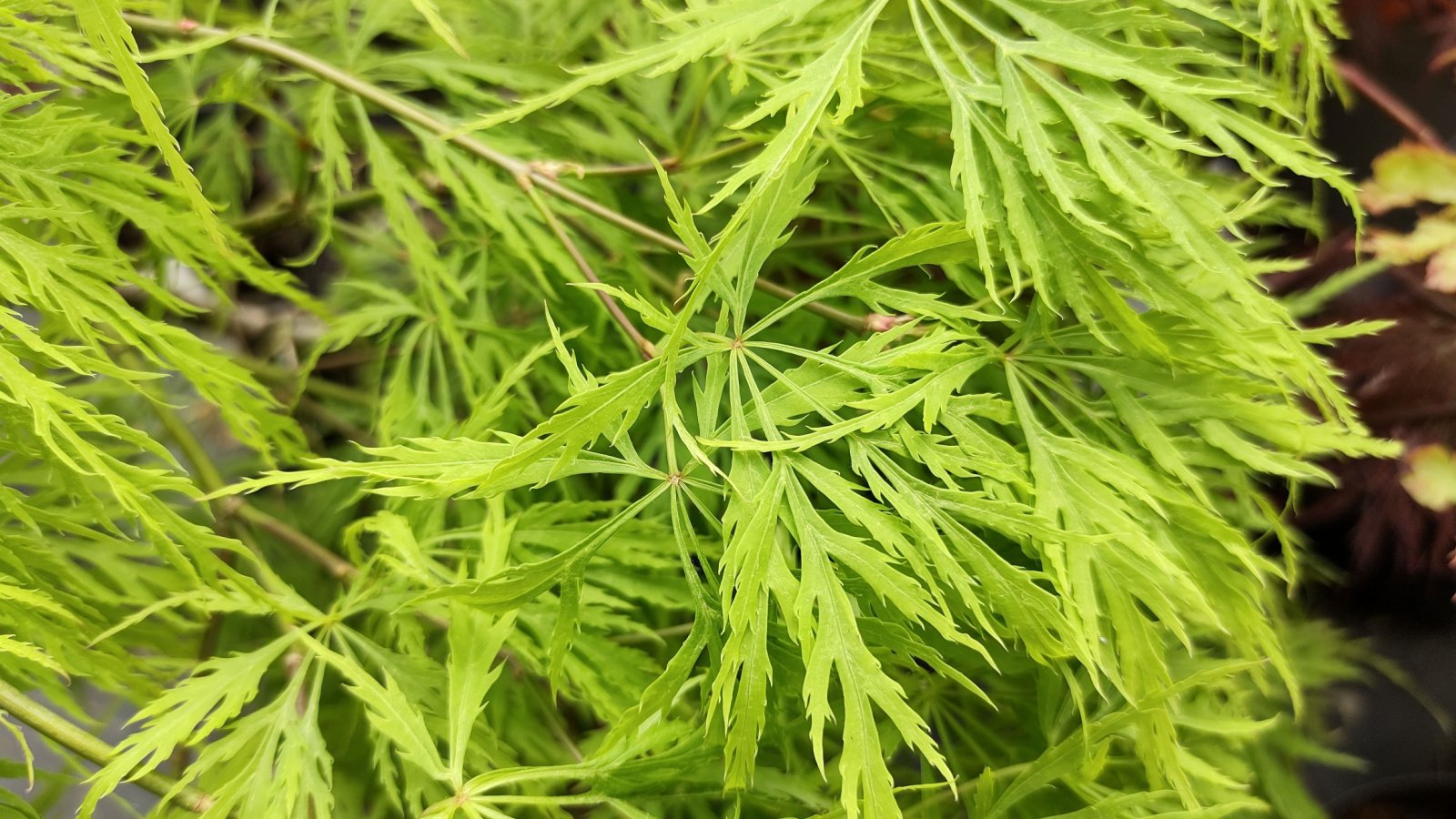 Pale green leaves turn golden before gently falling.
Pale green leaves turn golden before gently falling.Laceleaf Japanese maple varieties for landscaping are short and wide, and they often have cascading, weeping branches. ‘Viridis’ is a green-leafed laceleaf type that typically stays under six feet tall with an umbrella-like form. Old specimens may reach up to 12 feet tall and wide, though they take many decades to do so.
‘Viridis’ isn’t the only laceleaf maple, though it is a longtime favorite for many different types of landscaping. It’s well-suited to growing in containers, and it’s easy to keep small in tight spaces.
As with most varieties, ‘Viridis’ has color-changing leaves that shift hues in the fall. They turn from pale green to bright yellow before falling to the ground.
Mikawa Yatsubusa
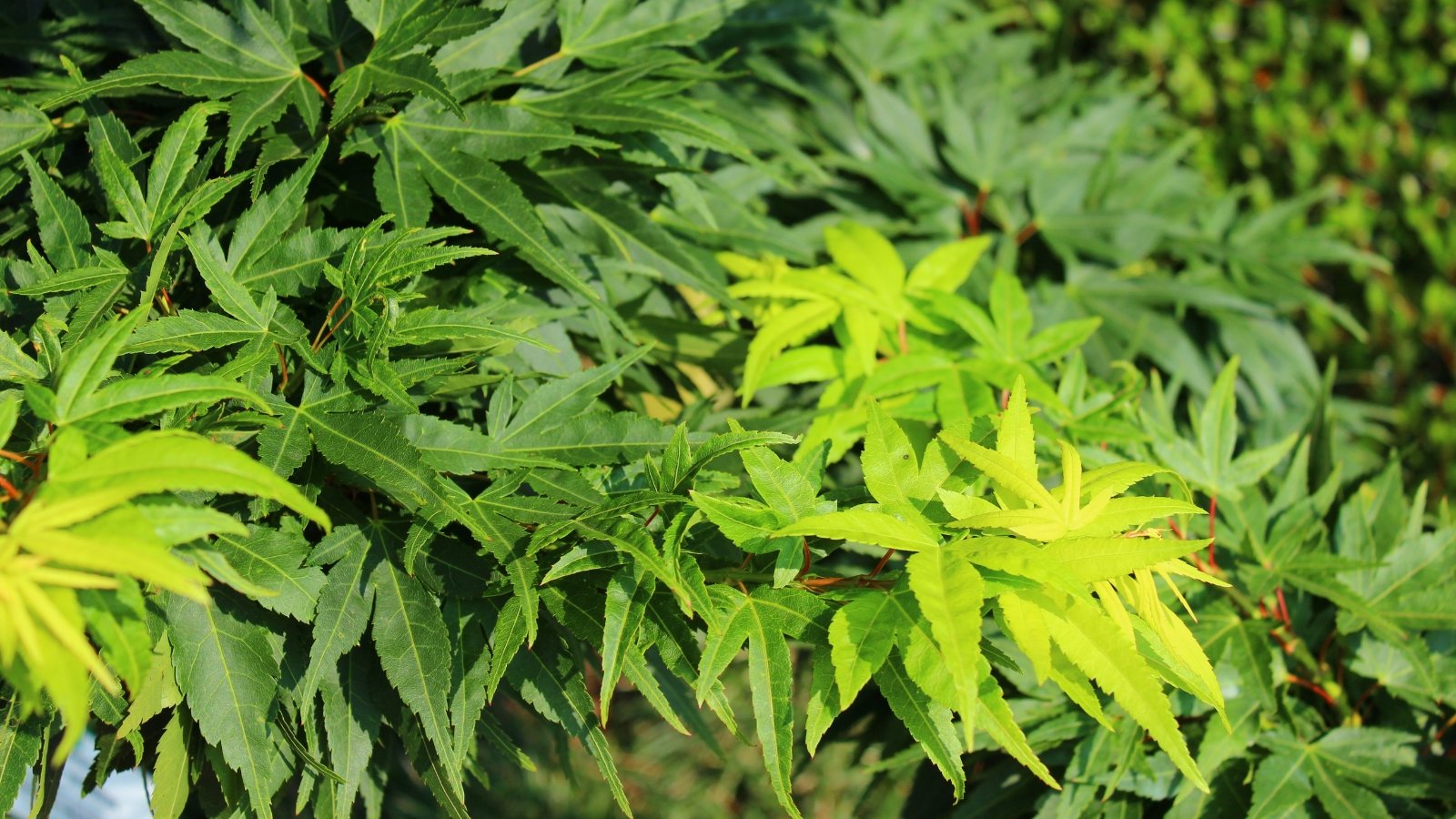 Green leaves glow before turning warm autumn orange-yellow.
Green leaves glow before turning warm autumn orange-yellow.A true dwarf maple, ‘Mikawa Yatsubusa,’ grows differently from most other types. It features contorted growth that stays bushy and dense along the multi-branched trunk. A mature specimen will stay around five feet tall with a similar spread.
More of a shrub than a tree, this cultivar excels in containers and planters. Plant two alongside your doorstep to welcome visitors to your home.
‘Mikawa Yatsubusa’ leaves are vivid green during the growing season, and they shift to orange-yellow when fall weather returns in September and October. They overlap each other in dense clusters, creating a bushy effect that’s quite alluring.
Red Leaf
 Red foliage shifts bronze-green when shaded from the sun.
Red foliage shifts bronze-green when shaded from the sun.Like coral bark and laceleaf maple varieties, the red leaf Japanese maple, or ‘Atropurpureum,’ is one of the most popular of all the cultivars. It reaches the full height of a standard maple, topping out at around 25 feet tall.
As its name suggests, this cultivar sprouts red leaves that retain their color throughout the warm months. They’re brighter under sunny conditions than they are in the shade. In landscaping projects with shady sites, the foliage will turn bronze-green instead of purple-red.
If you want a classic Japanese maple with red foliage, this is the variety for you. Give it an open site where its branches can grow tall and overlap each other.
Tamukeyama
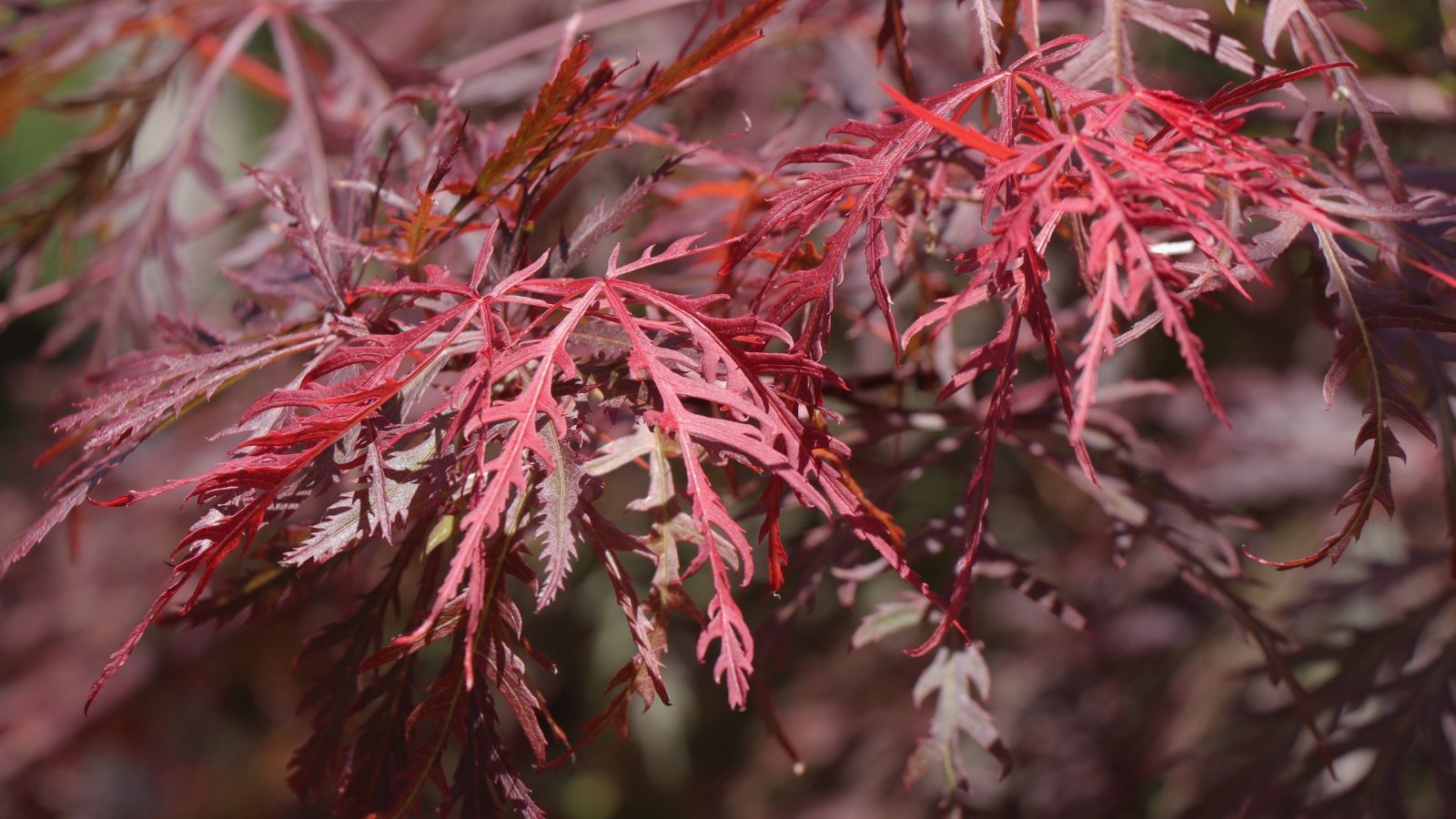 Dense cascading branches offer dramatic visual interest naturally.
Dense cascading branches offer dramatic visual interest naturally.‘Tamukeyama’ has a unique nature reflected by its name. This laceleaf maple has cascading branches that weep from the central trunk.
Off the downward-pointed branches sprout red foliage that turns deep purple over the spring and summer. When the weather cools, the leaves shift to scarlet-red again before falling to the floor.
For a high-reaching specimen, use a stake or support to keep the central trunk upright. Without support, this tree will stay shorter than eight feet.
Threadleaf
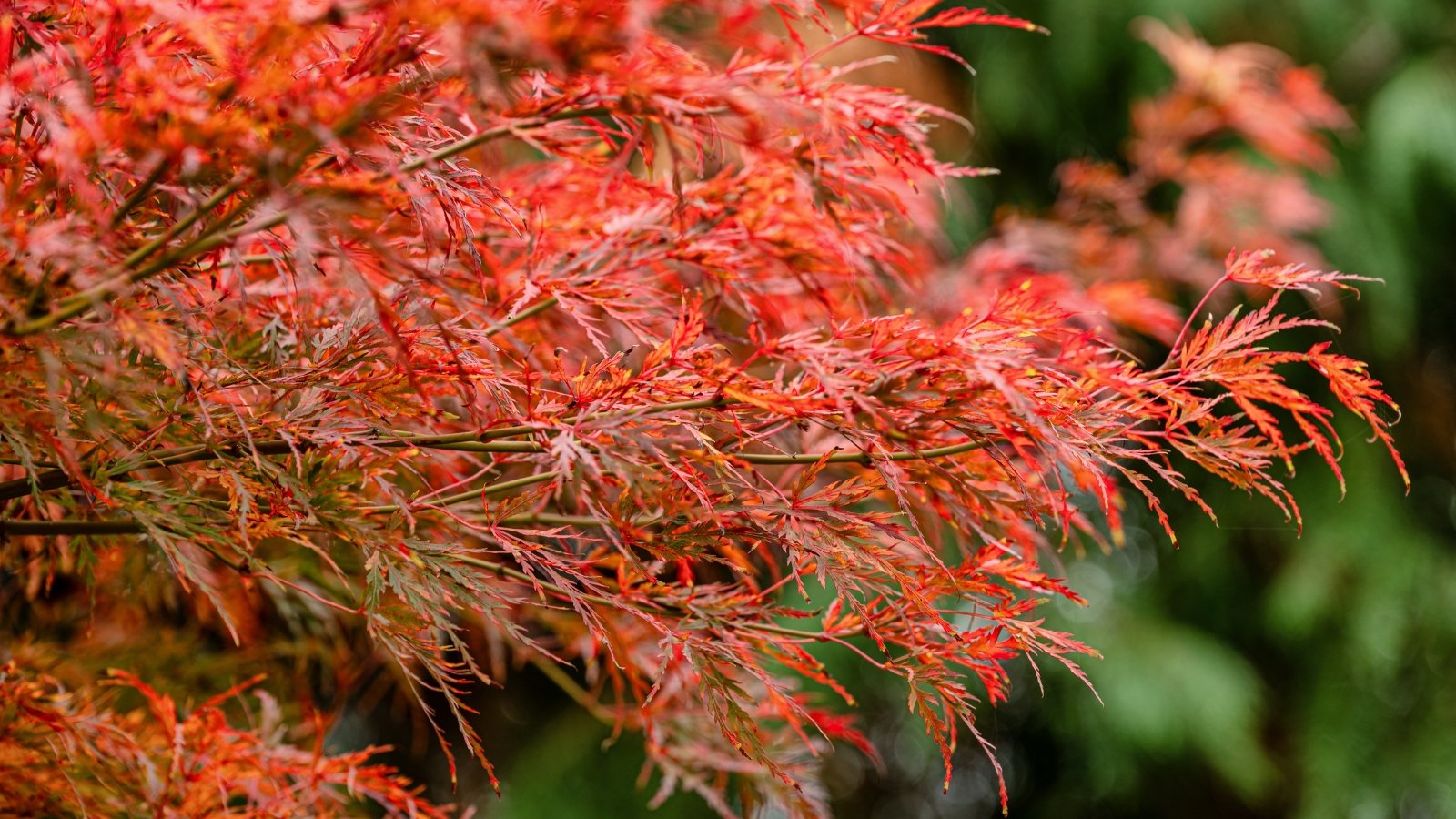 Pruning top branches keeps the plant compact.
Pruning top branches keeps the plant compact.The threadleaf maple, or ‘Seiryu,’ features lacy, fringed leaves like those of other laceleaf varieties. They have more fine divisions than other laceleaf varieties, hence the name threadleaf maple. The fringed foliage sprouts bright red in spring, turns green in the summer, and shifts to yellow-crimson in the fall.
It’s easy to keep your threadleaf maple short, if you’d like to. Simply prune the top branches and let the other ones cascade down. As with most laceleaf varieties, ‘Seiryu’ sprouts weeping branches that grow downwards instead of up.
‘Seiryu’ grows well in containers, planters, or in the ground. Give it consistent moisture, and ensure it doesn’t dry out in the summer.
Waterfall
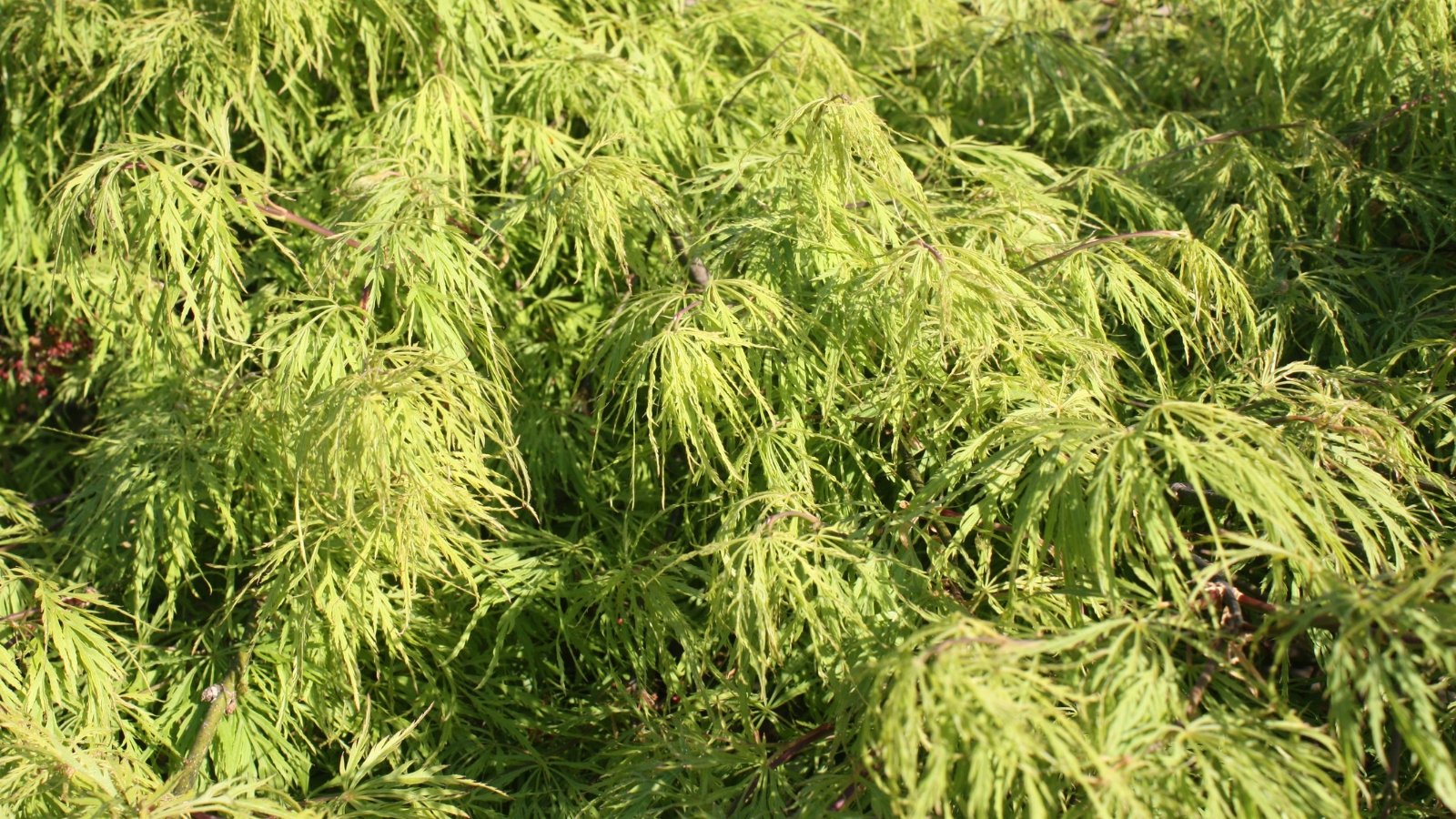 Weeping form pairs well with upright companion plants.
Weeping form pairs well with upright companion plants.‘Waterfall’ grows as its name suggests, sprouting cascading branches that point to the ground. The overlapping branches sprout bright green foliage with intricate divides on each leaf. It sprouts green, and it turns shiny shades of yellow and gold in autumn.
‘Waterfall’ spreads wide rather than tall. It forms a mop-like shape that’s more shrubby than tree-like. Plant one of these Japanese maple varieties for landscaping in the open so the wind can blow through its leaves and help them dance in the sun.
If you’d like to pair multiple maples, combine ‘Waterfall’ with the similar-looking red-leaved ‘Burgundy Lace.’ Or, combine weeping varieties with upright spreaders for a range of shapes, sizes, textures, and colors throughout the year.


 3 days ago
3
3 days ago
3
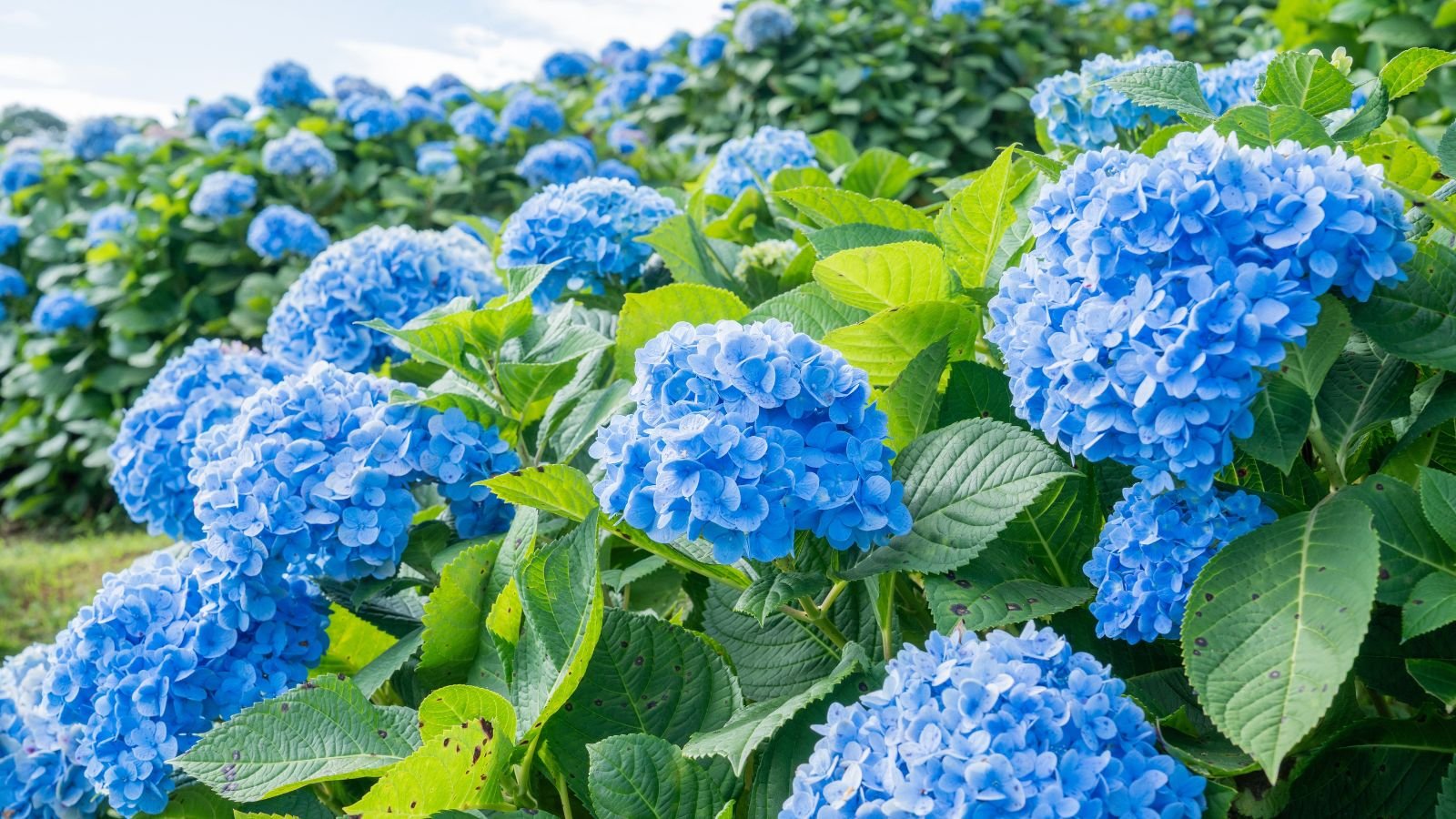
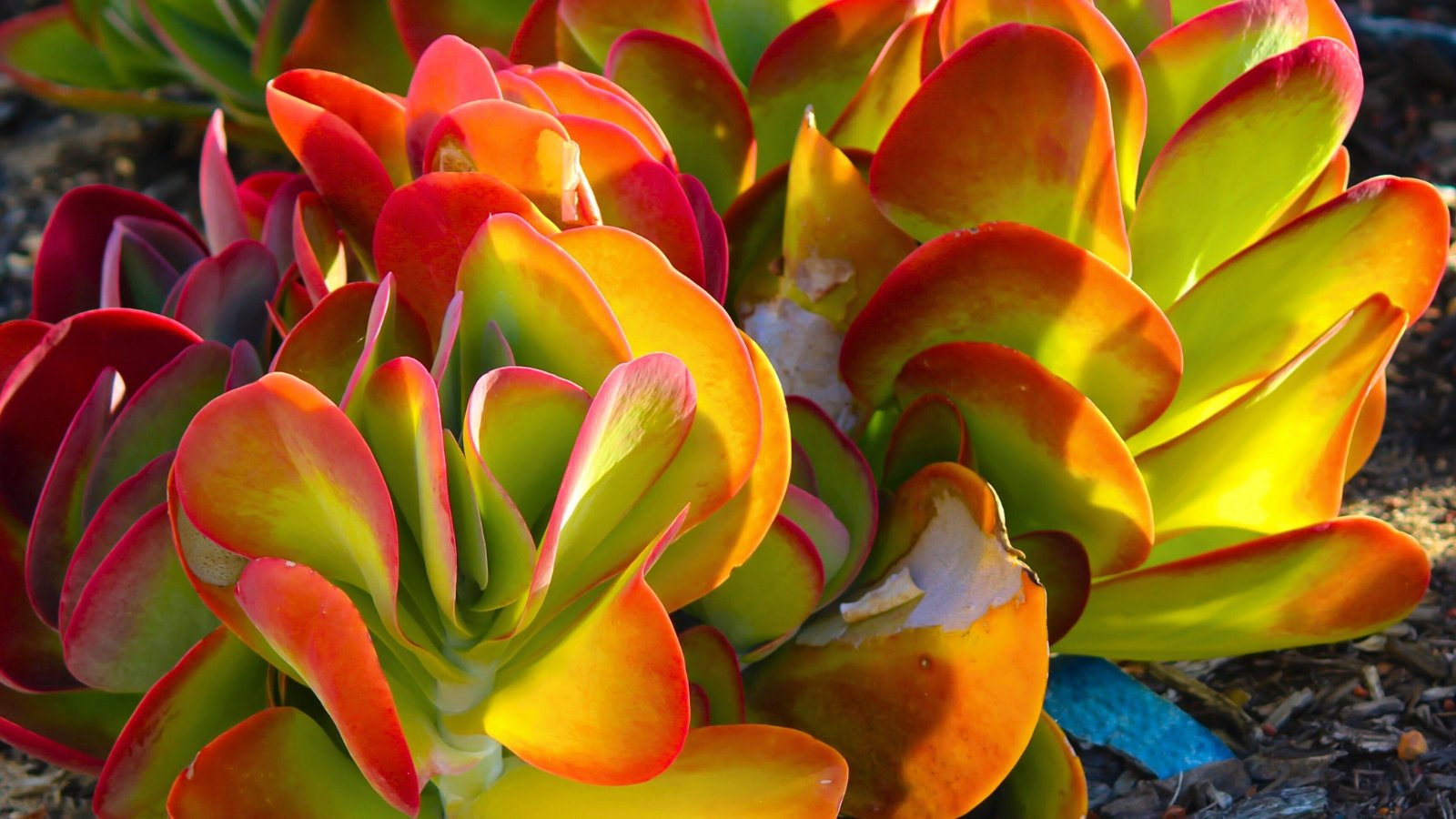
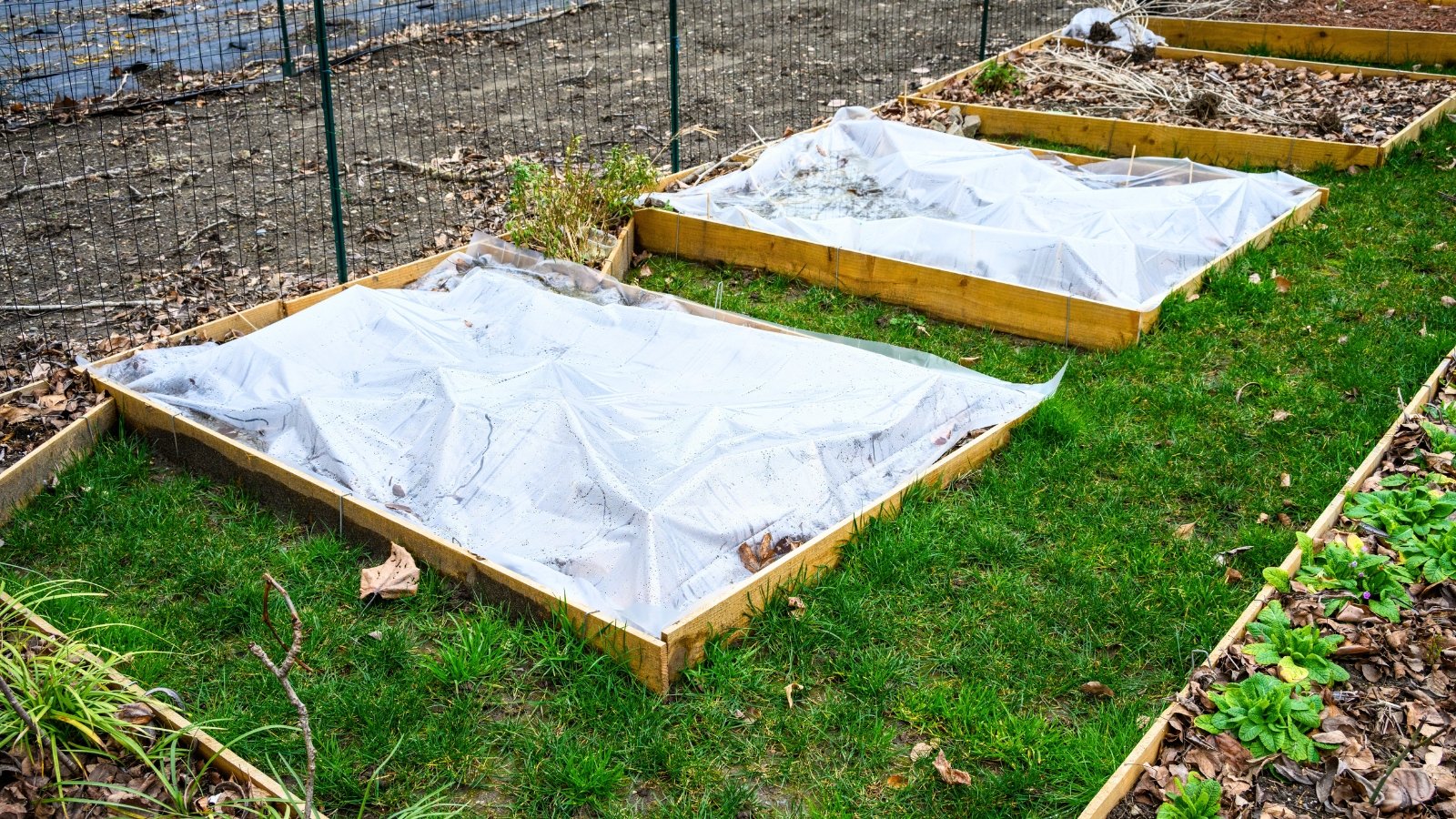
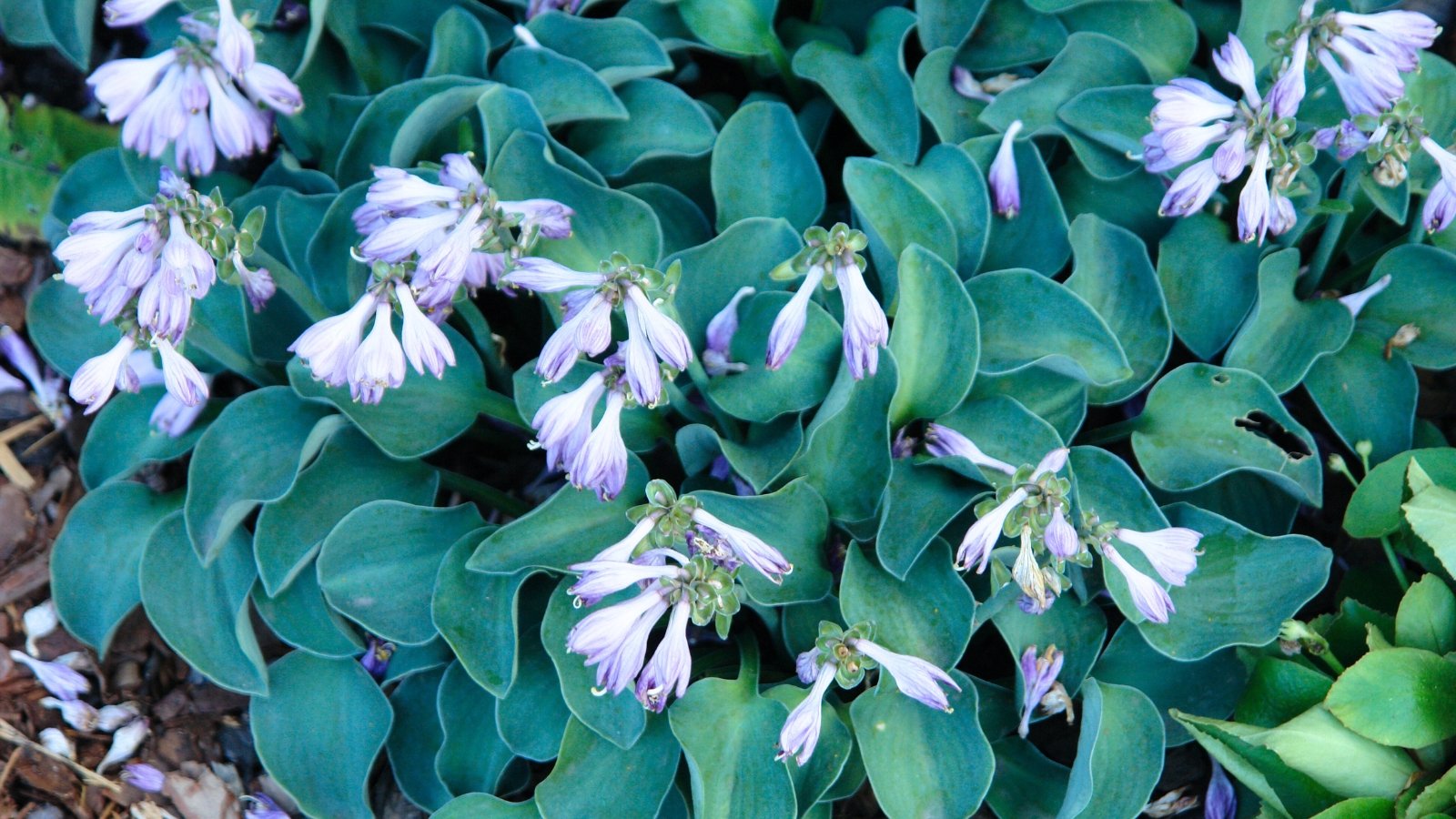


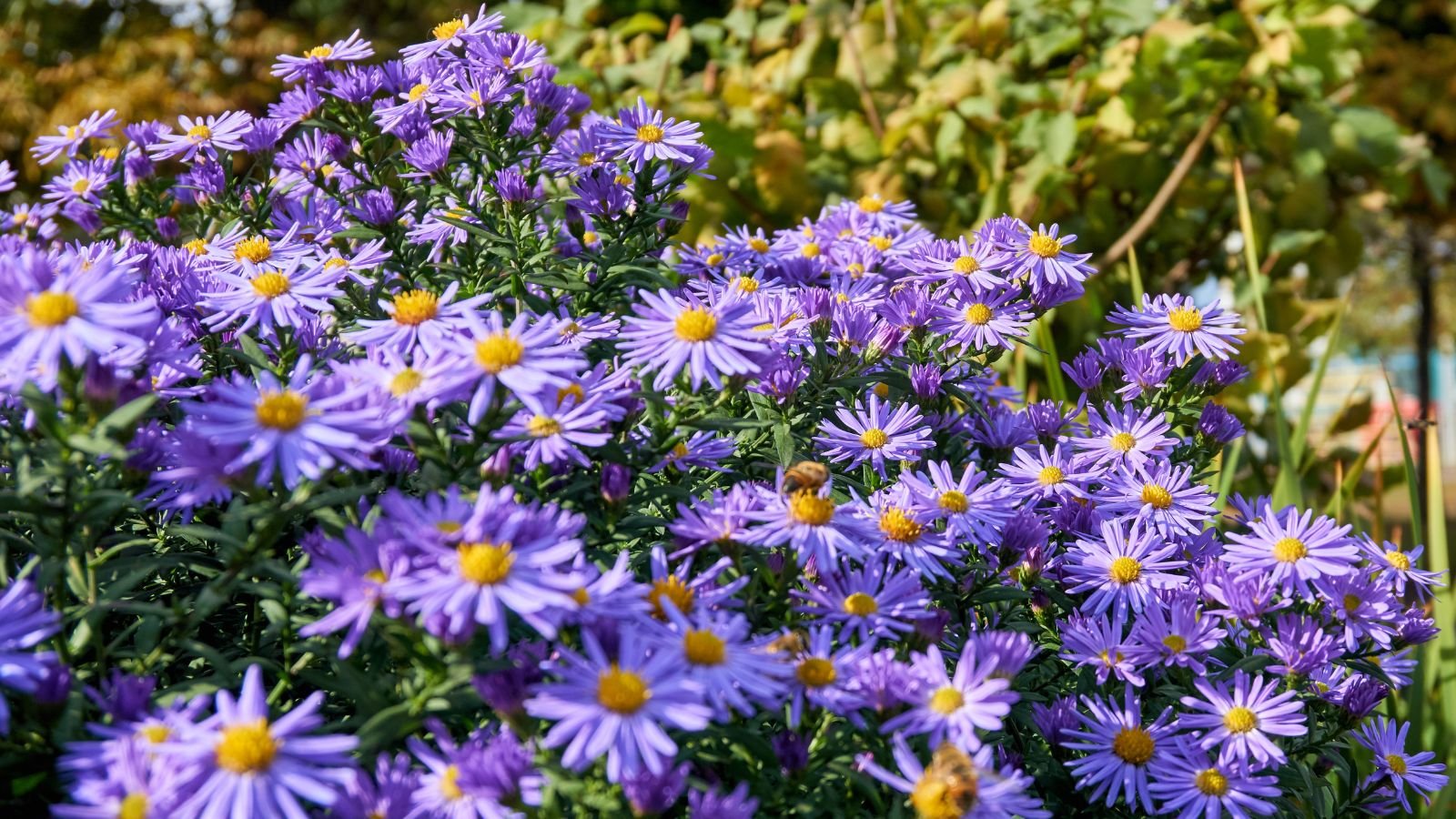














 English (US) ·
English (US) ·  French (CA) ·
French (CA) ·